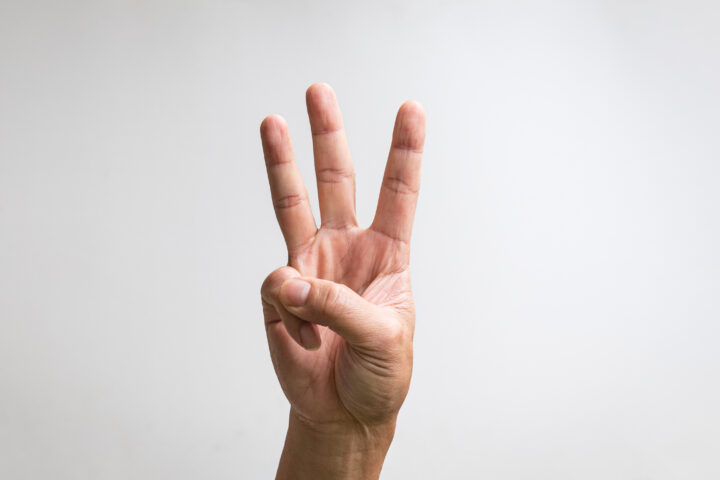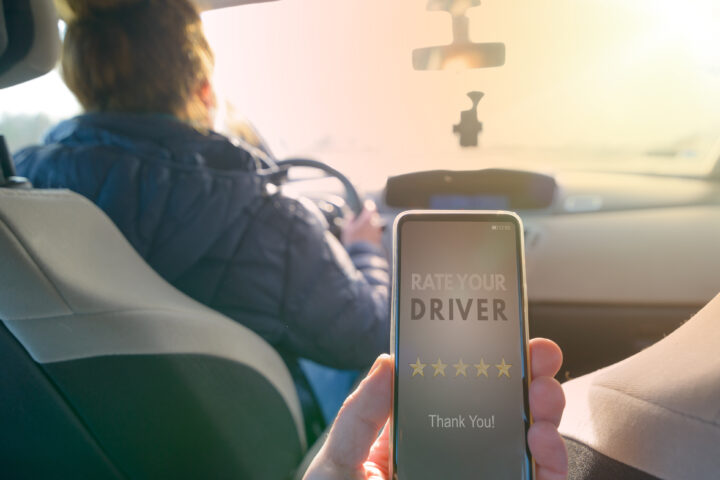Anytime you get behind the wheel and share the road with others, you must be aware of potential car accidents. There are about 36,000 car accidents each year in the United States. If you get into a car accident, you may be entitled to compensation for your medical expenses and property damage. This requires proving that the other driver was at fault. But how does that happen?
Here’s what you need to know about proving car accident fault.
Evidence Recovered From the Accident
Before anything else, a plaintiff will need to recover evidence proving the other driver was at fault. This is the most crucial part of any car accident claim, because your evidence makes the other part more likely to settle, and improves your chances of winning a judgment. There are a variety of evidence pieces that can help you prove your case. Start by securing a copy of the police report.
After car accidents, police officers are called to the scene to write a report, take statements, and help keep everyone safe. If you’re able, take pictures and video of the accident to show the extent of the damage, the part of your car that was hit, and where the vehicles came to a stop.
Make sure that your photos show skid marks on the road, weather conditions, and other details. Witness statements are another crucial piece of evidence to gather.
The Client Is Medically Evaluated
A big reason that hiring a lawyer is so important is that many people suffer medical injuries after accidents. People suffer all sorts of medical injuries following car accidents, from mild to severe, to life-altering.
Accidents with evident injuries cost roughly $29,000, on average. Disabling injuries costs more than $100,000.
To learn the extent of your injuries, you’ll need to visit the emergency room or urgent care to get a total checkup. It’s important to go as quickly as possible so that your evaluation is accurate and so that you can quickly get medical attention for your injuries.
Understand What Fault Means in an Accident
In a car accident, fault determines which party is the cause of and responsible for the accident. Only after proving that the other party is at fault for the accident can you hold them responsible for your car accident injuries.
California is a comparative fault state, meaning that fault can be shared. This means that a driver could be held chiefly, yet not fully responsible.
For instance, the other driver might have caused the accident, but they would be less at fault if you weren’t wearing your seatbelt, and the lack of the seatbelt worsened your injuries.
Come prepared with questions to ask any potential personal injury lawyer about fault in your case after the facts are gathered.
Negligence Is Examined
Your lawyer will examine your case and prove negligence to hold the other party at fault in your car accident case. This means that the other driver didn’t do their job to exercise a duty of care for you and the other drivers. The lawyer will also work to prove that this lack of duty of care directly led to the injuries that you suffered.
Depending on the details of the accident, your lawyer might claim different types of negligence. Gross negligence is a situation where the driver exhibited blatant and utter disregard in the accident. Comparative negligence is when both parties lacked duty of care in the accident, to varying degrees.
Traffic Laws Are Assessed
Traffic violations are among the main causes of auto accidents in many cases. Your lawyer will get a copy of the accident report to see if any traffic violations occurred.
The officer might have cited them with speeding, improper lane change, illegal turn, running a light, failure to properly maintain equipment, and other violations. Having these violations on the record can serve as evidence to prove your case.
The extent of the damage your vehicle suffered could also show that the other driver must have been traveling at an illegal and dangerous speed.
Communication With the Insurance Company
Once it’s determined that the other driver was responsible for the accident and the damages, the claim will go through their auto insurance company. If they were properly insured, then the company should claim liability and pay for your damage and injuries.
This claim will involve some interviews and the collection of evidence for adjusters to study. From there, your lawyer will negotiate a fair auto accident settlement with the other party and their insurance company. The stronger the proof, the more likely you are to get a positive outcome in arbitration.
Your Case Might Go to Court
If the other party is non-compliant or if the insurance company offers a low settlement, you might need to take your case to court. Your lawyer will use evidence, eyewitnesses, and expert witnesses to show that the other driver was at fault and owes you a better settlement.
Stay in touch with your lawyer to get to know what legal strategies they’ll use to win your case.
A Guide to Proving Car Accident Fault
These tips explain car accident fault so that you can win your case and get the payment that you’re entitled to. Now that you understand more about proving fault in this case, your next step is to hire a lawyer that can help.
The West Accident Law Group can help you with whatever representation you need in a Westminster, CA accident. Fill out a quick contact form online or give us a call at (657) 400-8003.



